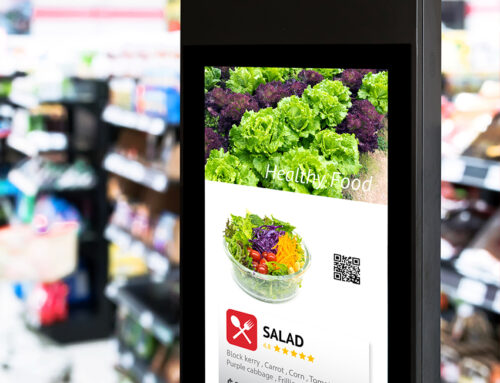Subliminal Advertising
Whether we realize it or not, we’ve all probably viewed a subliminal advertisement at least a few times in our lives. The notion is a little spooky– it’s very strange to consider that advertisements we see on a regular basis may have some secret message that is affecting our brains without our knowledge.
However, it’s not necessarily that nefarious. The whole purpose of advertising is to convince consumers to purchase a product or service. There is some psychology mixed into this. In fact, one could say that psychology and convincing are at the core of advertising.
So how exactly do businesses and marketers use subliminal advertising? Let’s take a look.
What Is Subliminal Advertising?
Subliminal advertising can be described as the use of subliminal messages, either visual or auditory, that the conscious mind is not capable of perceiving. These stimuli can be placed in television commercials, songs, and other media. It is one of the most famous types of food advertising tricks in television commercials. This messaging can be used to increase how persuasive an advertisement is or to push a completely different message.
Disruptive Advertising (Ads) meaning refers to the practice of using hidden messages to affect buyer behavior without conscious awareness in the context of subliminal advertising. Marketers may overcome buyers’ conscious filters and make a stronger effect on their subconscious thoughts by using disruptive advertising strategies in subliminal advertising.
“Real” or “true” subliminal messages can’t be perceived by the conscious mind, even if a person is looking for them directly. This is because the stimuli that we interact with every day are perceptible and above the threshold of conscious perception. Subliminal messages, on the other hand, are below the threshold of conscious perception.
Subliminal Advertising Ideas
The possibilities are endless when it comes to subliminal advertising. Here are a few ideas to try implementing:
- Incorporate hidden or difficult-to-see images and symbols into different areas of your ad.
- Use graphic symbols or images in the actual text of your ad, particularly in the brand name.
- Create clever logos that can be seen as two different images, depending on which color you focus on.
- Use symbols that are related to your brand and the call-to-action you wish to convey.
- Take the native approach and stealthily incorporate a product into a piece of media that isn’t meant to be an ad. Example: A specific brand of phone is used by the lead character in a film.
Examples of Subliminal Advertising in Food
Subliminal messaging is used everywhere, but it is particularly strong in the food industry. Let’s examine some food advertisement examples that use subliminal advertising.
One example of subliminal messaging in food is the “flash’ approach. One major fast-food chain famously placed their logo into a single frame of a cooking show. This is an example of “bad” subliminal messaging. Not only was this an obvious attempt at subliminal messaging, but it isn’t very effective at making a persuasive advertisement.
A better food-related example of subliminal messaging involves placing somewhat hidden but still obvious imagery into the text copy of the brand’s name. One tortilla chip brand does this efficiently by replacing two T’s in the name with little humanoid figures and the i between them with a little table with a bowl of salsa for the dot. This is a great example of subliminal food messaging because it makes people think of community, parties, get-together, and other events that could benefit from a big bag of chips.











